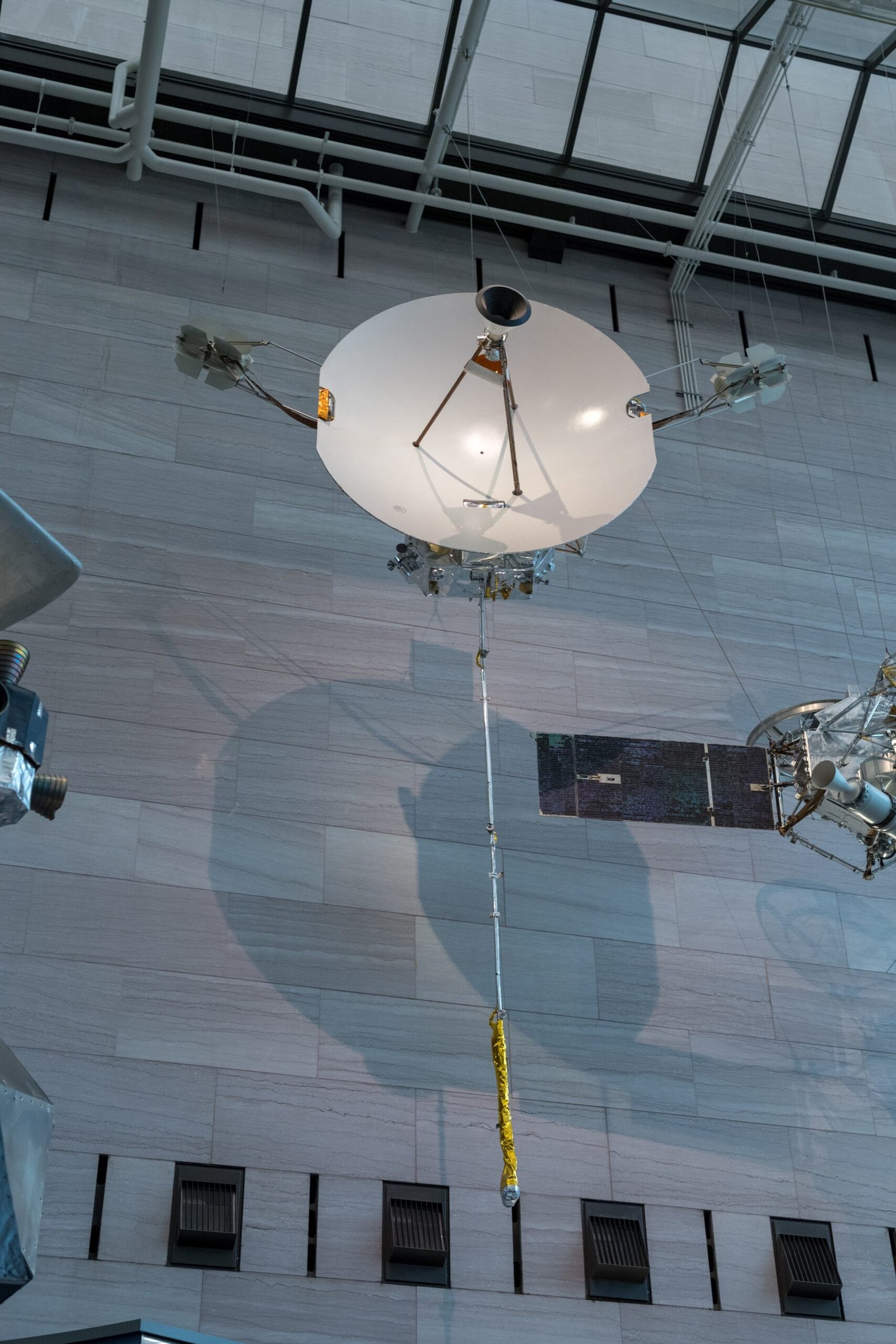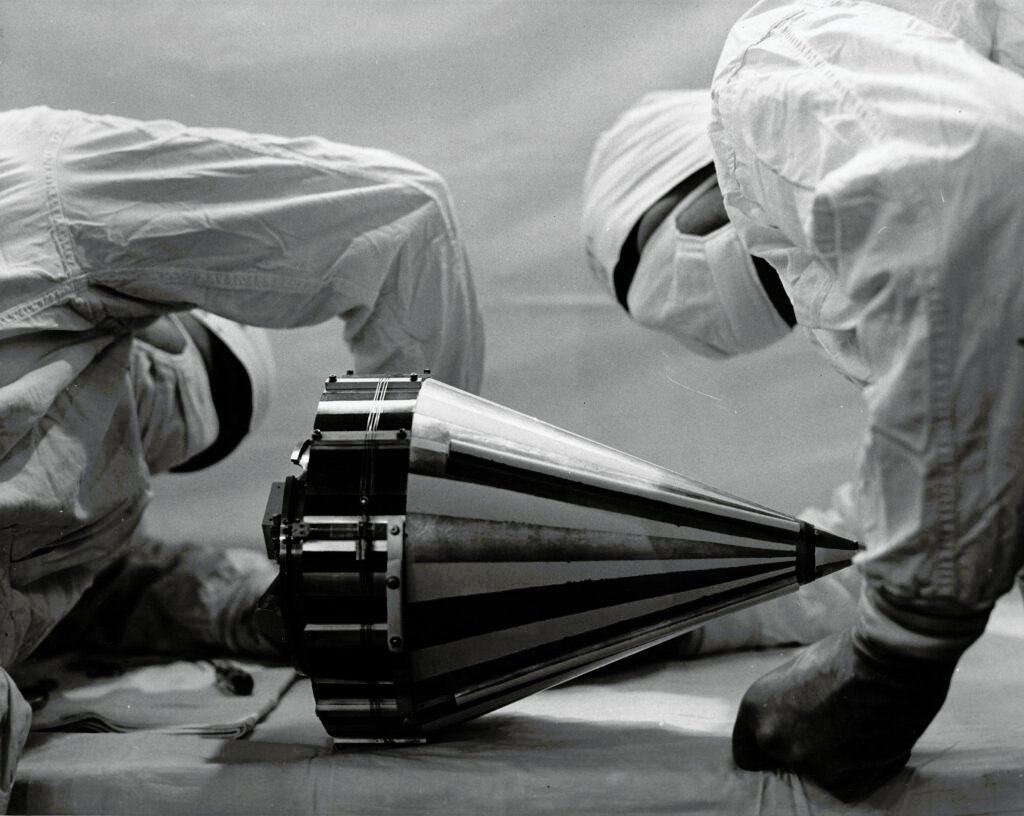It sounds like a plot from a sci-fi thriller: in the ashes of World War II, a secret U.S. military mission scours war-torn Germany, hunting for the most brilliant minds behind Nazi rocket technology. But this isn’t fiction—it’s the true story of Operation Paperclip, where former enemies became unlikely collaborators, igniting both the Space Race and a wildfire of UFO conspiracies that still fascinate the world. Imagine the shock Americans felt as whispers spread that former Nazi scientists were working side-by-side with their government, shaping the future of space travel and, perhaps, hiding secrets not meant for human eyes. This is a saga of ambition, controversy, and the uneasy alliance that changed the trajectory of history.
The Seeds of Operation Paperclip: From War to Rivalry

World War II ended in devastation, but also in a scramble for technological supremacy. As the Allies closed in on Berlin, U.S. and Soviet forces raced to capture not only territory, but also the scientists and engineers behind Germany’s advanced weapons programs. The American government saw an opportunity: by bringing these experts to the U.S., they could gain an edge over the Soviets in the brewing Cold War. This frantic quest to secure German knowledge set the stage for Operation Paperclip, a covert mission that would blur moral lines in the name of national security.
Recruiting the Unthinkable: Who Were the Paperclip Scientists?

The men recruited under Operation Paperclip were no ordinary scientists—they were the masterminds behind the V-2 rocket, the world’s first long-range guided ballistic missile. Figures like Wernher von Braun, Arthur Rudolph, and Kurt Debus had worked at the heart of Nazi military research. Despite their affiliations, the U.S. military considered their expertise too valuable to ignore. They were quietly whisked away from postwar Europe, sometimes with their wartime records sanitized or downplayed, and offered new lives in America, far from the Nuremberg Trials.
Operation Paperclip Takes Flight: The Journey to America

Under the cloak of secrecy, hundreds of German scientists and their families made the transatlantic journey to the United States. Many arrived under assumed names or altered identities, settling in remote military bases in Texas, Alabama, and New Mexico. Life in the U.S. was both a new beginning and a stark reminder of their controversial pasts. These scientists walked a tightrope—grateful for freedom, yet haunted by questions about their wartime roles. Their arrival marked the beginning of a new era, one where ambitions for technological progress often clashed with the ghosts of history.
Rocket Science Revolution: From V-2s to Saturn V

The impact of Operation Paperclip on American science and technology was nothing short of revolutionary. Wernher von Braun and his team became the architects of the U.S. ballistic missile program, transforming the Redstone Arsenal in Alabama into the epicenter of rocket innovation. These same minds would later create the Saturn V rocket, the powerhouse that propelled Apollo astronauts to the Moon. The leap from deadly V-2s to peaceful lunar missions is one of the most astonishing chapters in scientific history—a testament to both human ingenuity and the strange twists of fate.
The Space Race Ignites: America vs. the Soviet Union

With Paperclip scientists on board, the United States gained a powerful head start in the global contest for space dominance. The launch of Sputnik by the Soviet Union in 1957 shocked the world, sparking an all-out race to conquer the cosmos. Von Braun’s team redoubled their efforts, leading to the successful launch of Explorer 1, America’s first satellite. The feverish competition fueled innovations in rocketry, navigation, and computing. Each milestone—Mercury, Gemini, Apollo—was built on the foundations laid by these controversial imports, forever changing humanity’s relationship with the stars.
Shadows and Secrets: The Birth of UFO Conspiracies

As advanced rocket tests filled the skies over the American Southwest, strange lights and mysterious objects were reported by bewildered locals. Rumors swirled that the government was hiding something extraordinary. The presence of former Nazi scientists only deepened suspicion. Some believed they were in contact with extraterrestrials, while others thought they were developing weapons beyond human comprehension. These shadowy whispers laid the groundwork for the modern UFO phenomenon, giving rise to legends of secret bases, crashed saucers, and government cover-ups.
Roswell and Beyond: UFO Sightings Take Center Stage

In 1947, the Roswell incident electrified the nation. Reports of a “flying disc” crash—and the military’s swift, secretive response—added fuel to the fire of public fascination. With Paperclip scientists working on classified projects in nearby New Mexico, conspiracy theorists drew direct lines between these German experts and the supposed alien technology. The blend of Cold War paranoia, secret aerospace research, and outlandish speculation helped cement Roswell as the epicenter of UFO mythology, a place where science and science fiction seemed to merge.
Ethical Dilemmas: Morality vs. Progress
Operation Paperclip remains one of the most ethically charged chapters in American history. Was it right to bring former Nazi scientists into the heart of the U.S. space program for the sake of national security? Many Americans and survivors of the war struggled with this moral ambiguity. The scientists’ contributions to space exploration are undeniable, but their pasts cast long shadows. This tension between progress and principle continues to spark debate, reminding us that the road to discovery can be paved with difficult choices.
Science and Redemption: Legacy of the Paperclip Scientists

Despite their controversial origins, many of the Paperclip scientists became celebrated figures in American science. Wernher von Braun, for example, was transformed from a figure of suspicion into a national hero, appearing on television and inspiring a generation of young scientists. Their work not only put men on the Moon but also helped shape modern satellite technology, GPS, and even the foundations of private space exploration. The story of Operation Paperclip is a powerful reminder that redemption and reinvention are often intertwined with progress.
The Ongoing Fascination: Why Operation Paperclip Still Matters

Decades later, the intrigue surrounding Operation Paperclip has only grown. Documentaries, films, and books continue to explore its secrets, while declassified files reveal new details about its scope and impact. The mission’s legacy lives on in every satellite launch, Mars rover, and deep space probe. At the same time, the questions it raises about ethics, secrecy, and the boundaries of human ambition remain urgently relevant. For anyone who has ever looked up at the night sky and wondered what’s out there, the story of Paperclip is a reminder that history’s most astonishing tales often lie just beneath the surface.
Operation Paperclip stands as a testament to the unpredictable paths of science, the complexity of human nature, and the enduring allure of the unknown. What do you think—would you have made the same choices if you were there when history hung in the balance?




